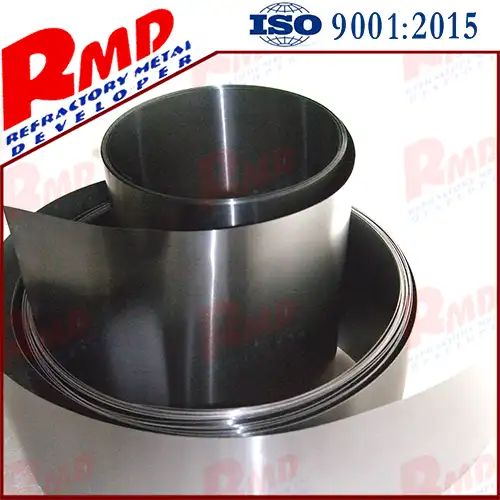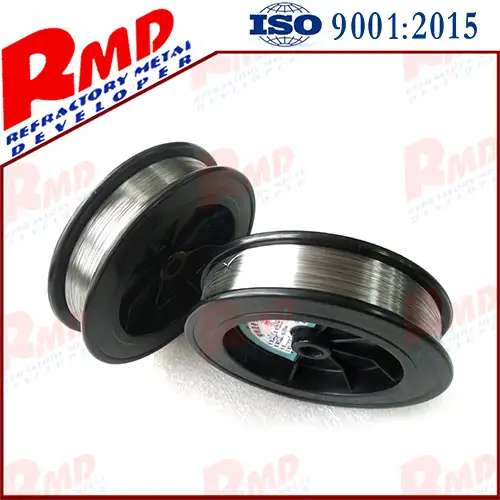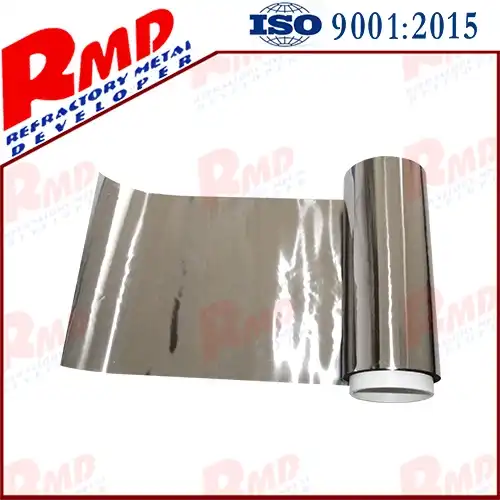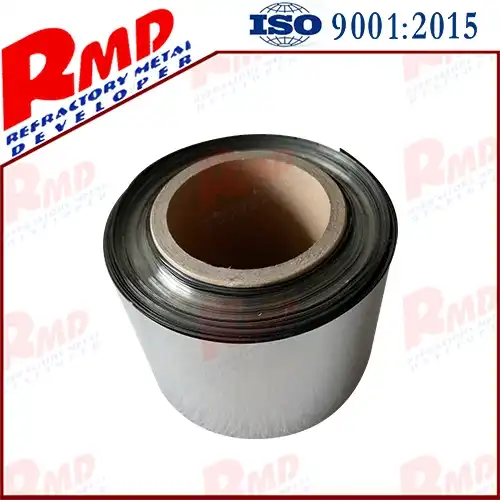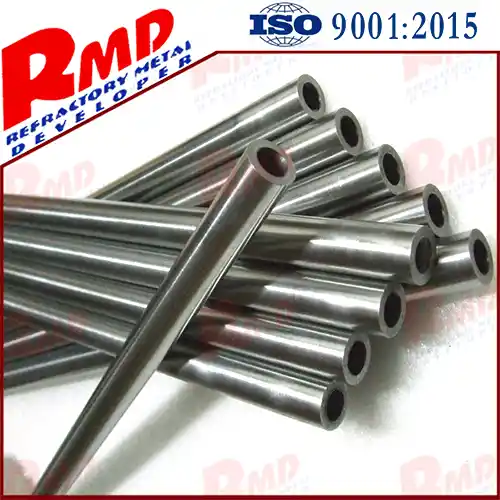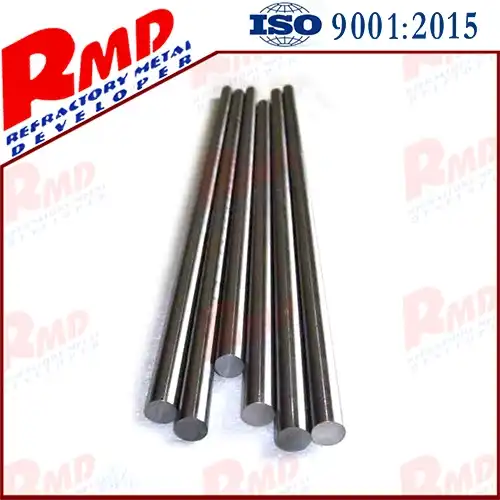- English
- French
- German
- Portuguese
- Spanish
- Russian
- Japanese
- Korean
- Arabic
- Greek
- German
- Turkish
- Italian
- Danish
- Romanian
- Indonesian
- Czech
- Afrikaans
- Swedish
- Polish
- Basque
- Catalan
- Esperanto
- Hindi
- Lao
- Albanian
- Amharic
- Armenian
- Azerbaijani
- Belarusian
- Bengali
- Bosnian
- Bulgarian
- Cebuano
- Chichewa
- Corsican
- Croatian
- Dutch
- Estonian
- Filipino
- Finnish
- Frisian
- Galician
- Georgian
- Gujarati
- Haitian
- Hausa
- Hawaiian
- Hebrew
- Hmong
- Hungarian
- Icelandic
- Igbo
- Javanese
- Kannada
- Kazakh
- Khmer
- Kurdish
- Kyrgyz
- Latin
- Latvian
- Lithuanian
- Luxembou..
- Macedonian
- Malagasy
- Malay
- Malayalam
- Maltese
- Maori
- Marathi
- Mongolian
- Burmese
- Nepali
- Norwegian
- Pashto
- Persian
- Punjabi
- Serbian
- Sesotho
- Sinhala
- Slovak
- Slovenian
- Somali
- Samoan
- Scots Gaelic
- Shona
- Sindhi
- Sundanese
- Swahili
- Tajik
- Tamil
- Telugu
- Thai
- Ukrainian
- Urdu
- Uzbek
- Vietnamese
- Welsh
- Xhosa
- Yiddish
- Yoruba
- Zulu
Treatment Technology Of Casting Niobium-Containing Steel Slab
2024-01-05 18:00:06
Cracks often occur in metallurgical casting, which are related to smelting ,casting process, impurity content ,fluctuation of superheat value over liquidus, uneven distribution of ladle temperature, reduction of casting speed and excessive secondary cooling.Eliminating these causes will help to reduce or eliminate the formation of cracks in order to improve the surface quality and microstructure of the whole product variety.
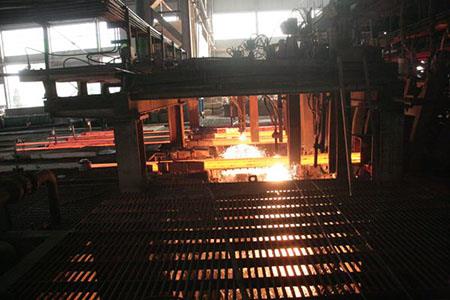
The first point is the influence of residual elements on castability and thermoplasticity. As the first step to solve the surface quality problems of Nb-containing steel billets, calcium treatment is recommended and sulfur content is reduced to 0.02% - 0.010%. Calcium treatment can not guarantee no defects, but greatly improve the probability of surface quality and internal purity.
Sulfur content must be kept at a fairly low level in order to reduce the tendency of harmful fine dispersed sulfides ,precipitating along austenite grain boundaries. Calcium treatment ensures spheroidizing manganese sulphide inclusions and improves the toughness of solidified billets ,passing through the straightening section of the caster.
The second point is to control nitrogen content ,which can improve crack resistance. The research shows that the lower nitrogen content of Al deoxidized steel, the lower transverse crack index of slab surface quality. In order to make the nitrogen content in tundish of slab caster lower than 6,
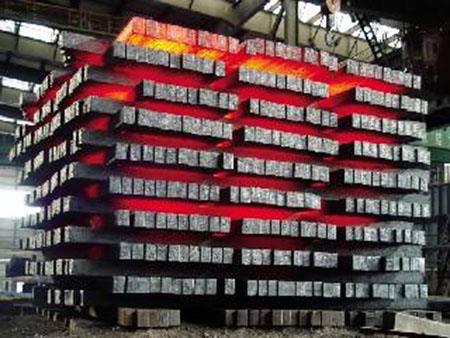
The third point is to limit the hydrogen content. The effect of hydrogen is mainly observed in medium and high carbon steels, as well as steels containing large amounts of manganese, chromium and nickel, especially those used to produce heavy section steels. Hydrogen content must be controlled in Chromium-Manganese steel, chromium-boron steel and chromium-molybdenum steel. This control is important, and the hydrogen content in these important brands should not exceed 2. In addition to these steels, microalloyed high strength steels should also control hydrogen content due to the development needs for greater toughness and improvement of low temperature properties.
The fourth point is to control the sulfur content. Sulfur can increase the number of surface cracks in high-temperature steel processing. It can also increase the amount of inclusions, which has adverse effects on the mechanical properties of the final product. Therefore, it is necessary to control the sulfur concentration and keep it at the lowest possible level (except for Free-Cutting steel).
